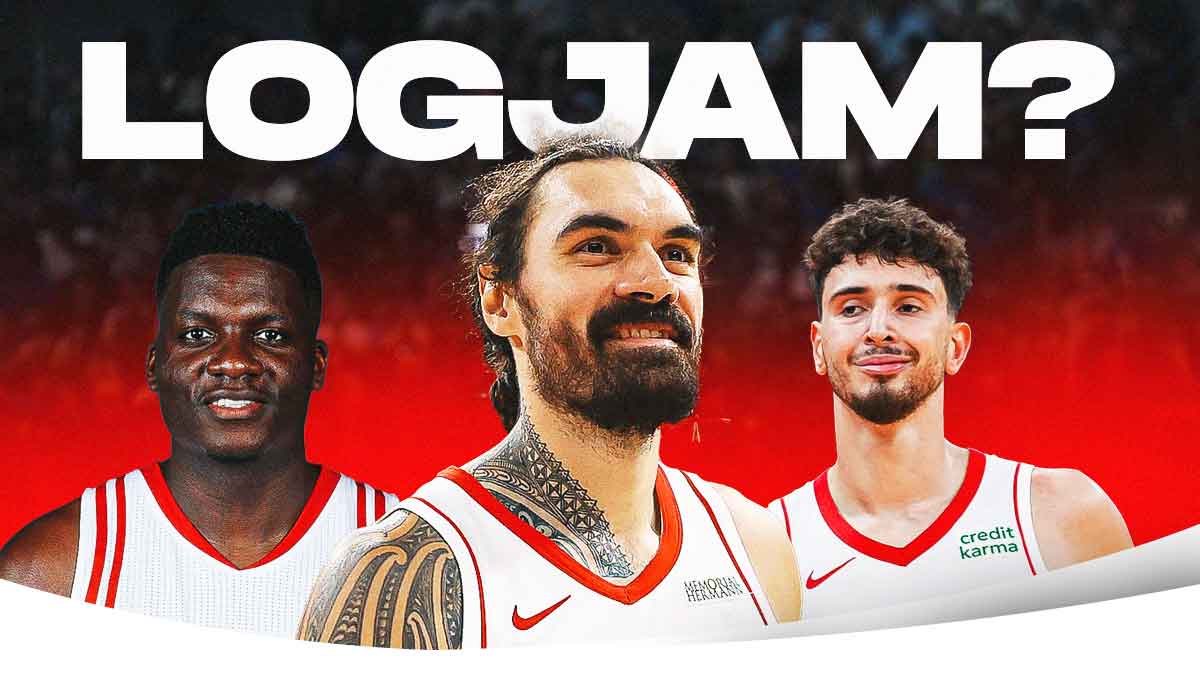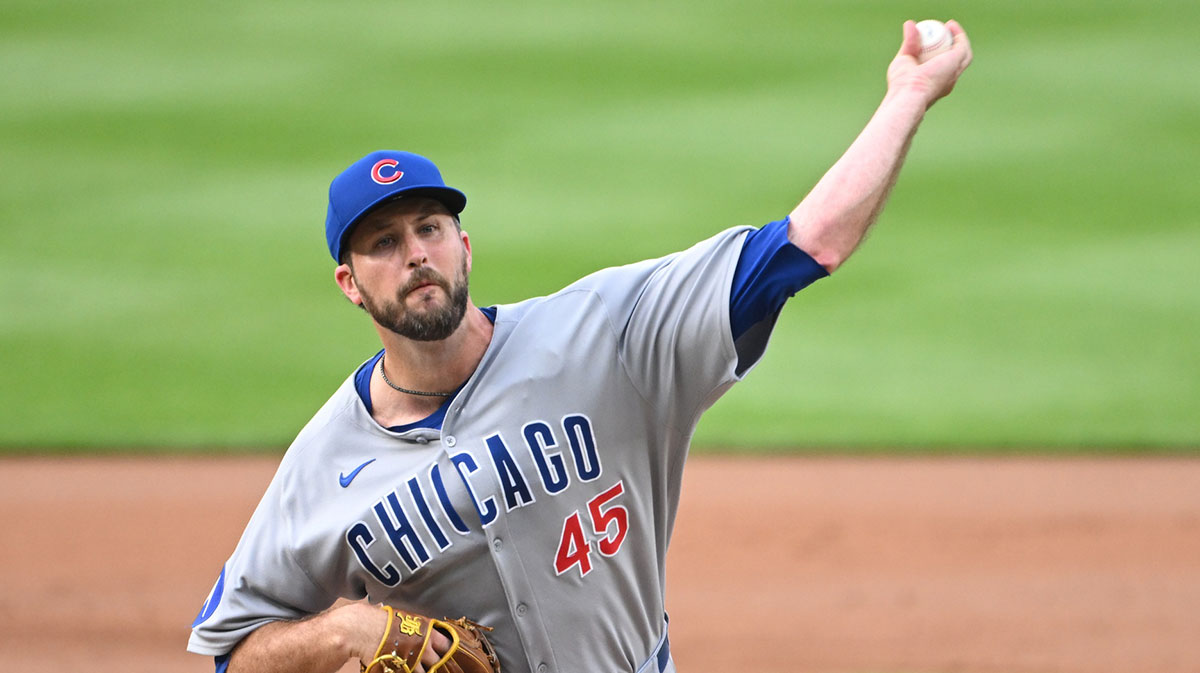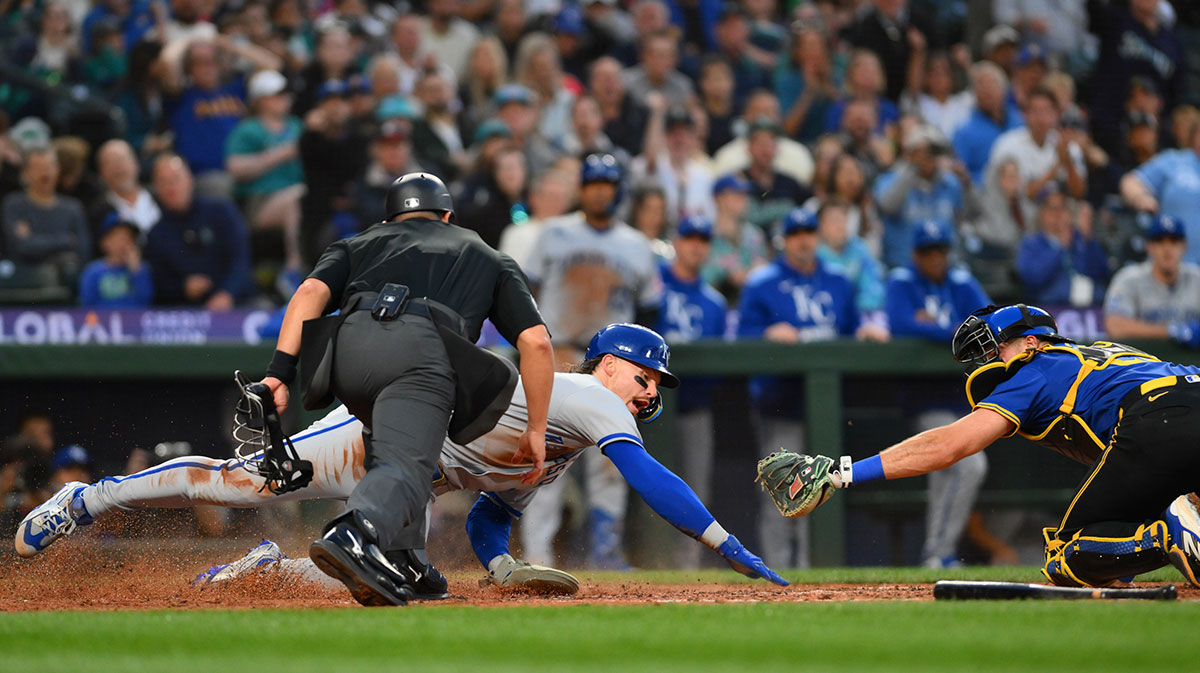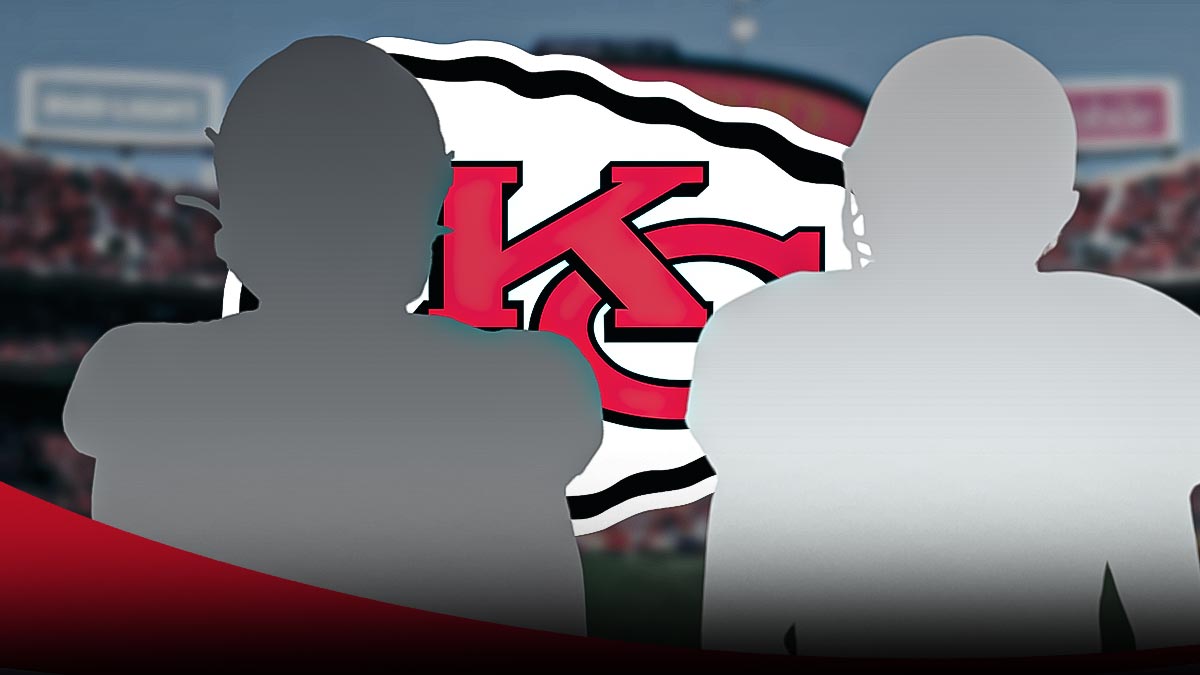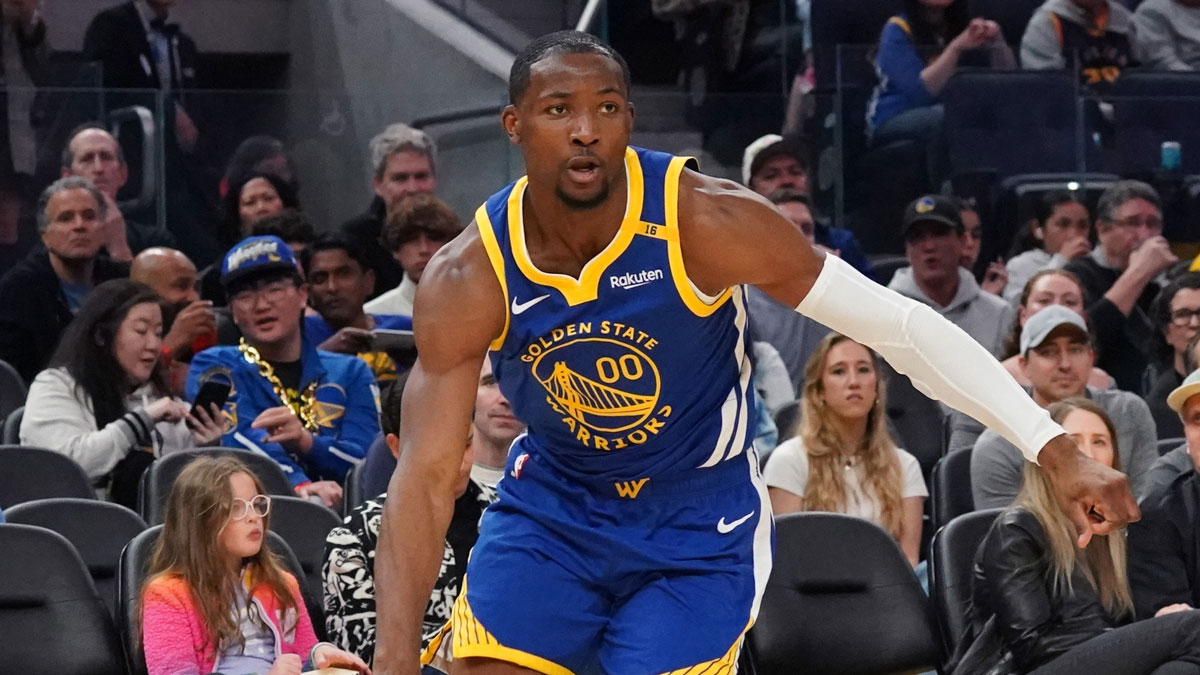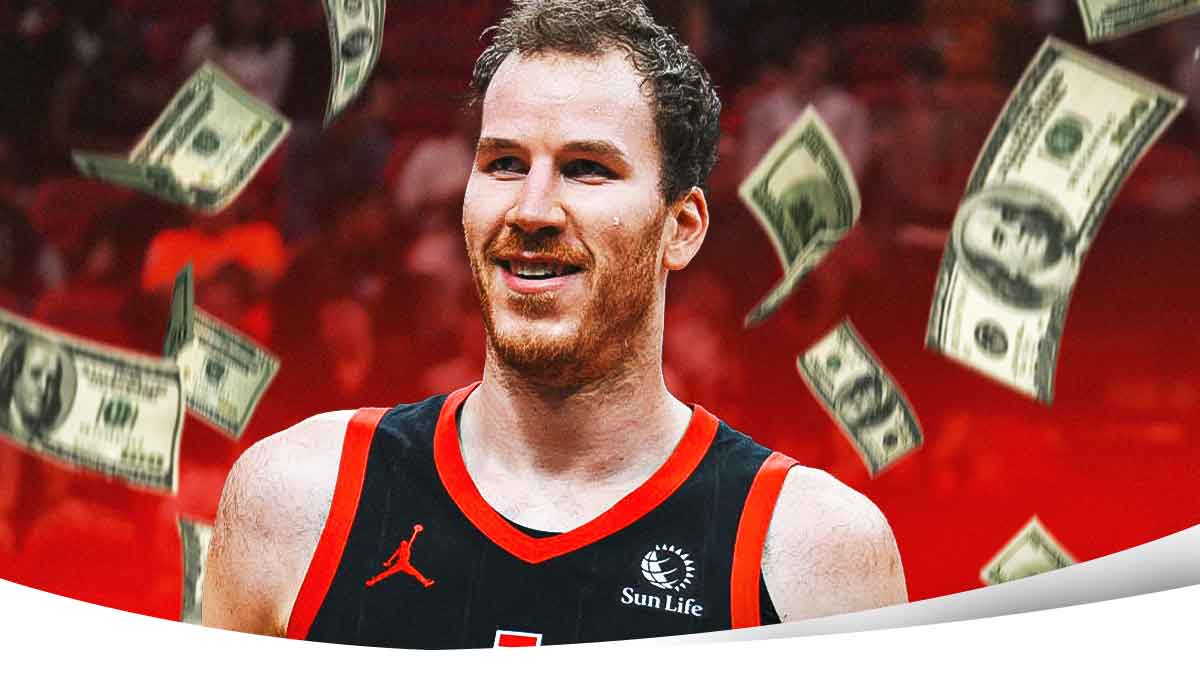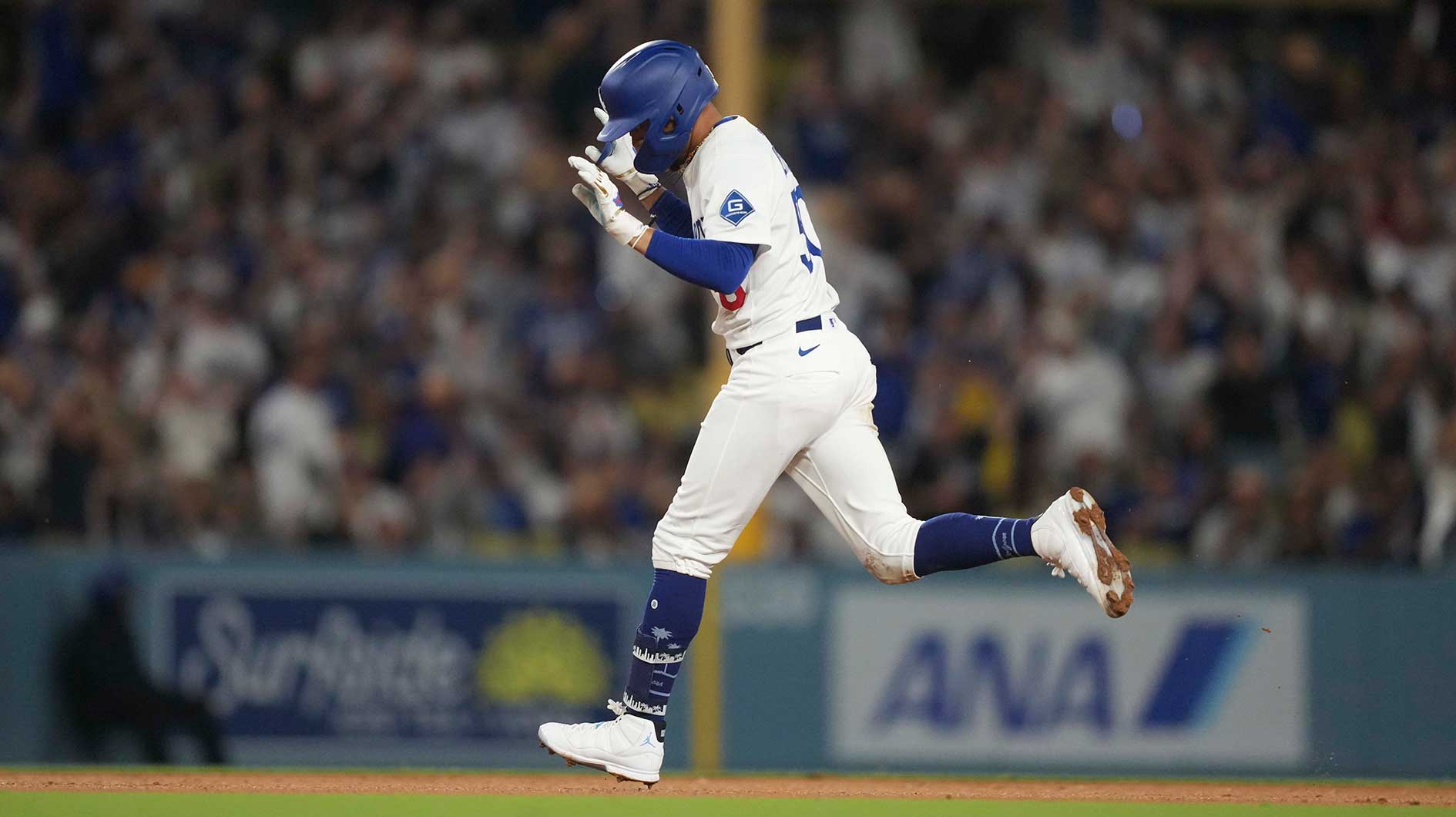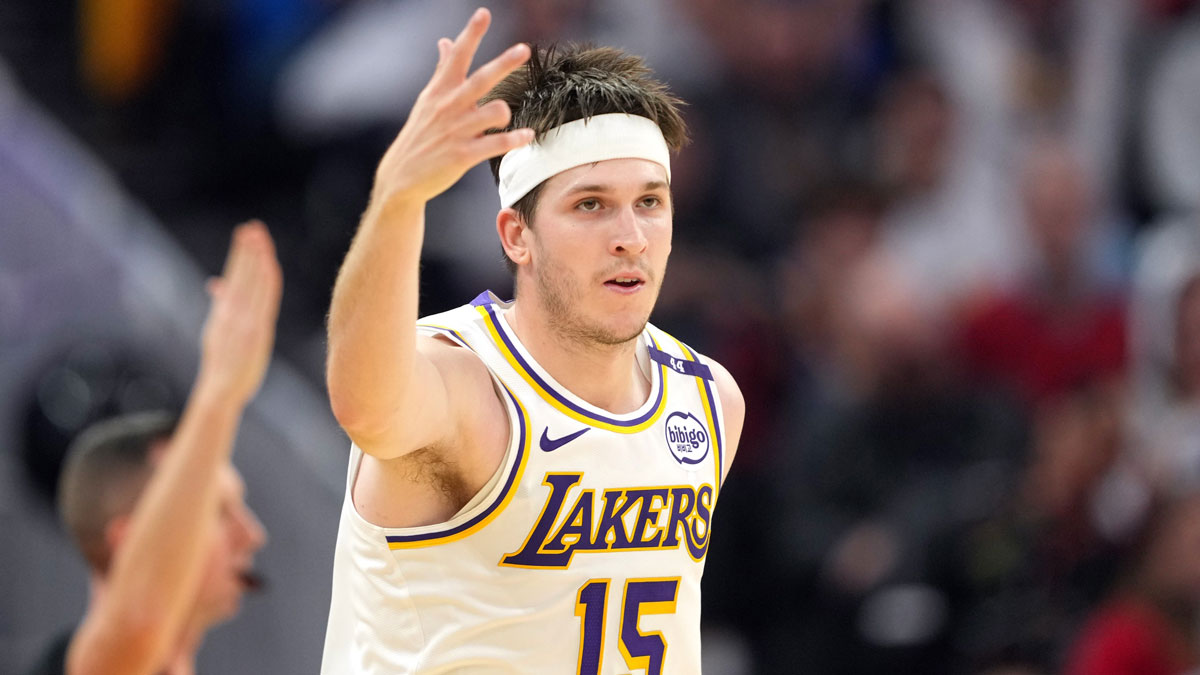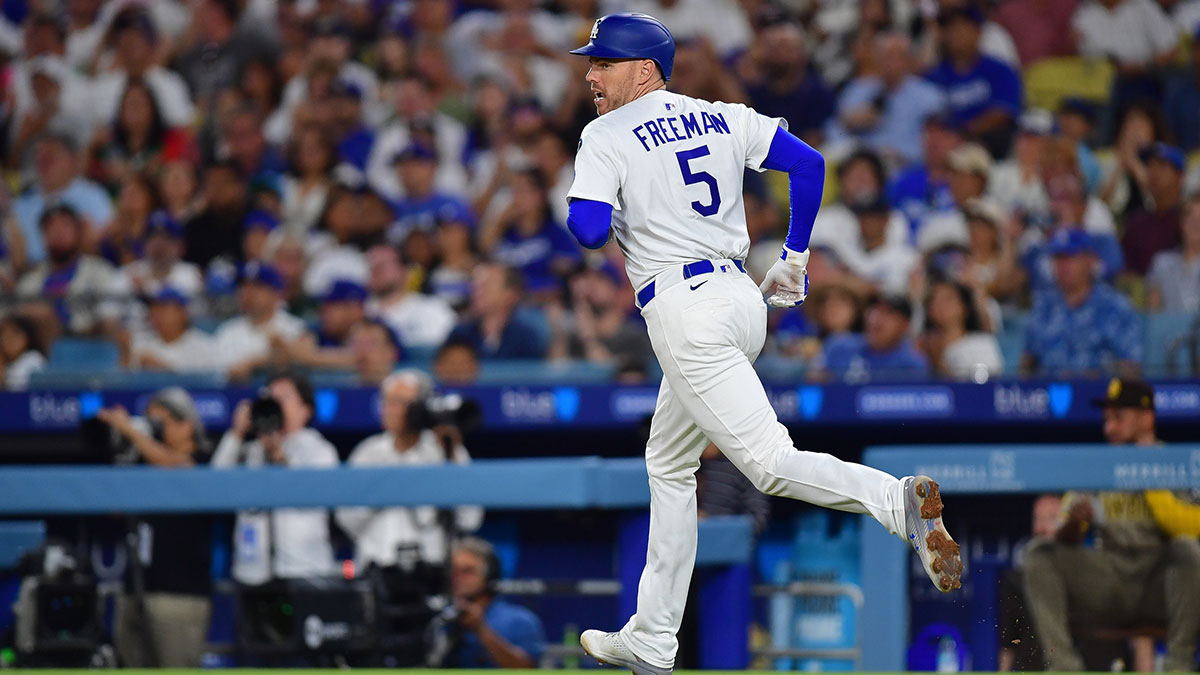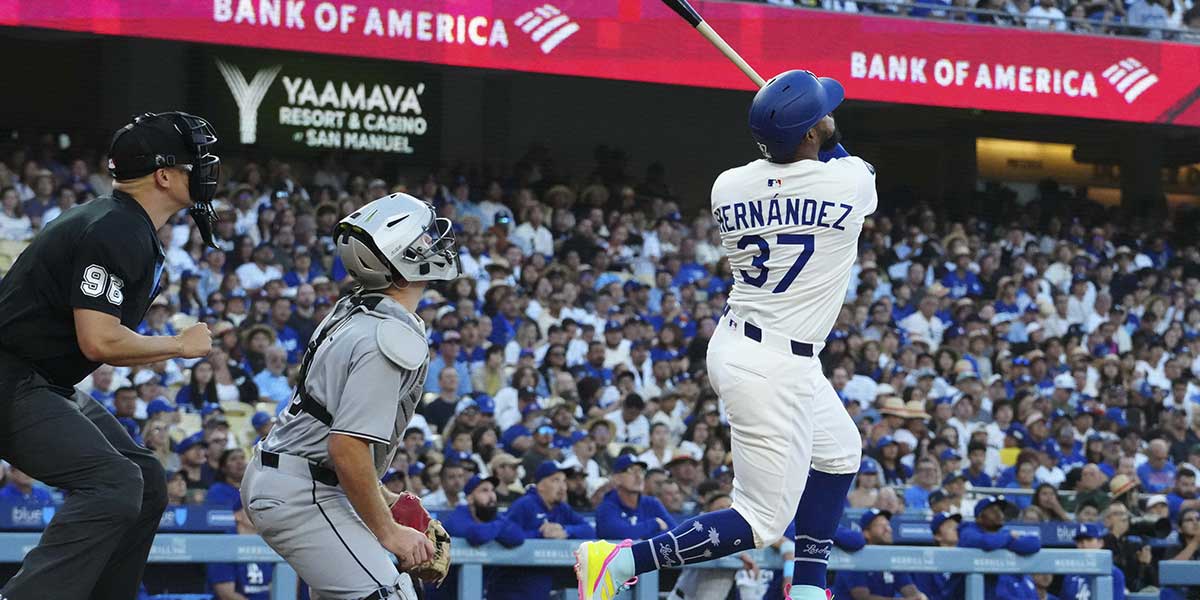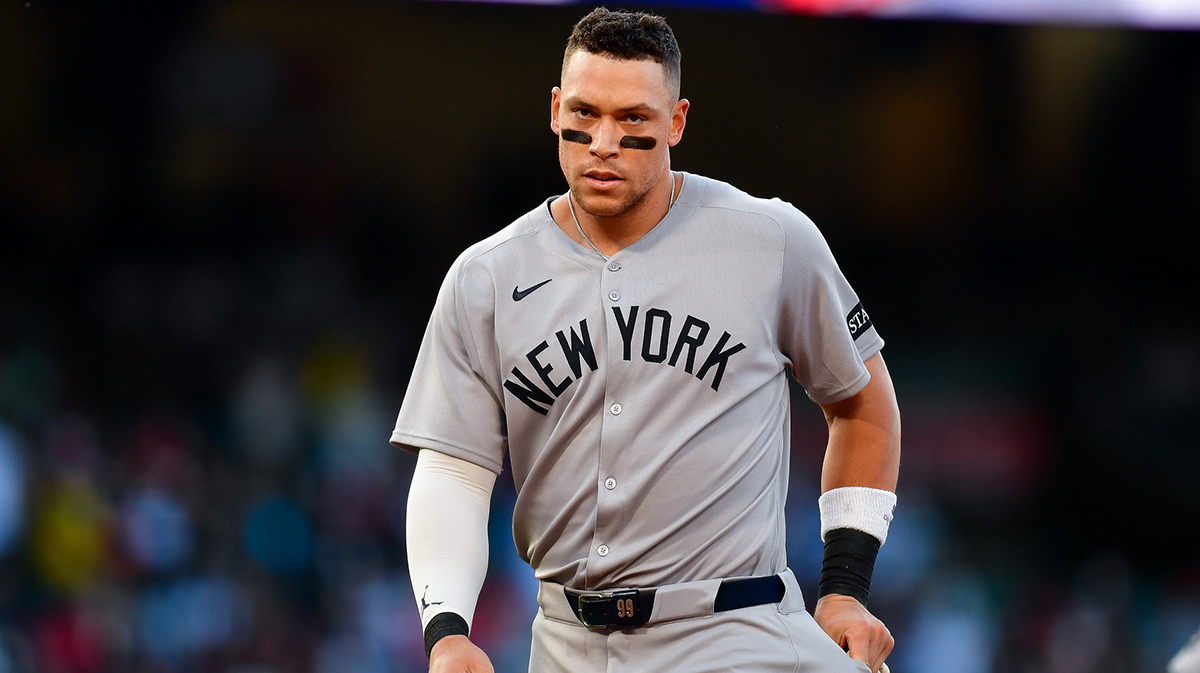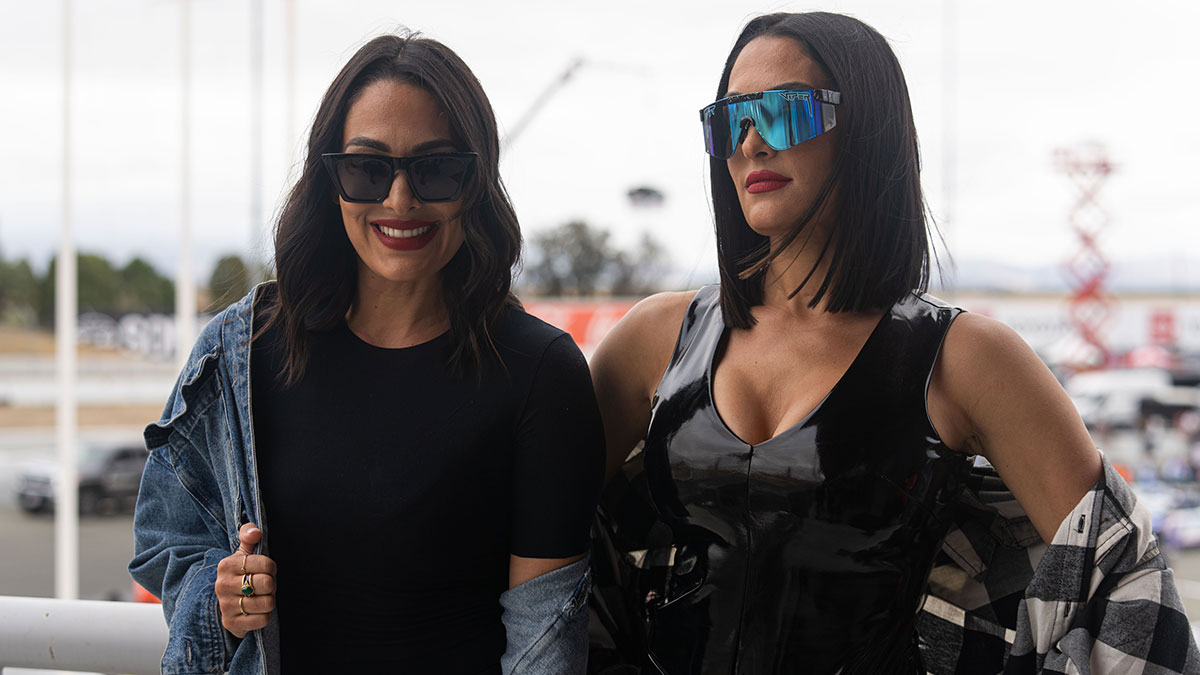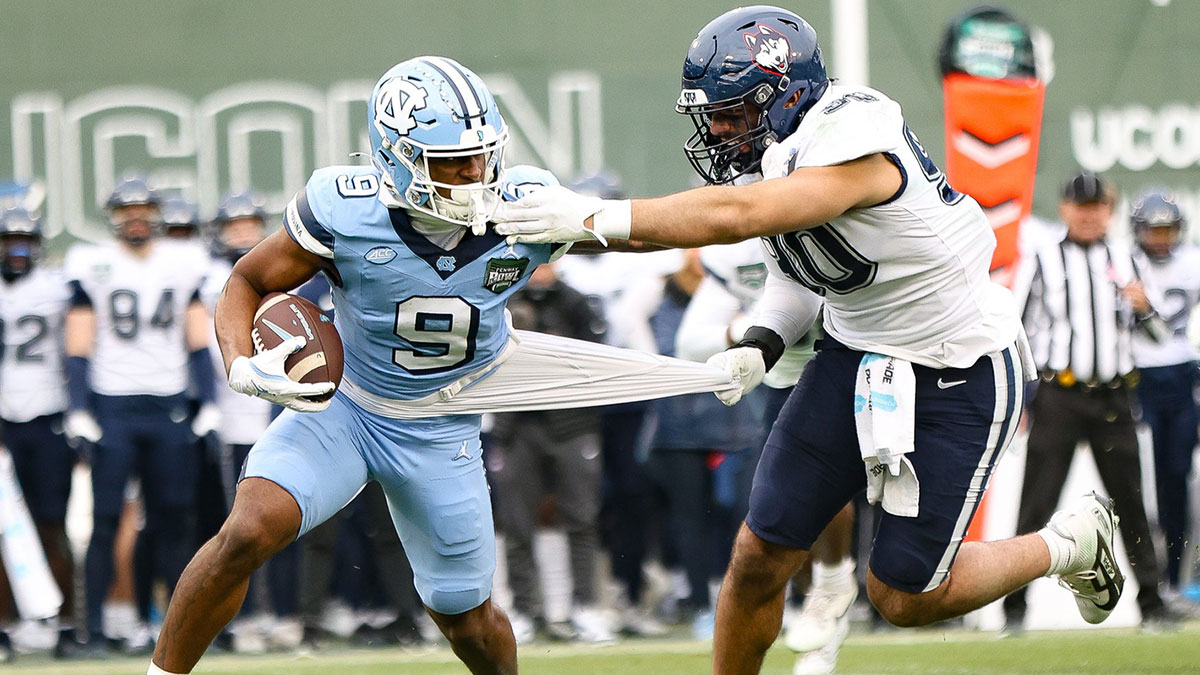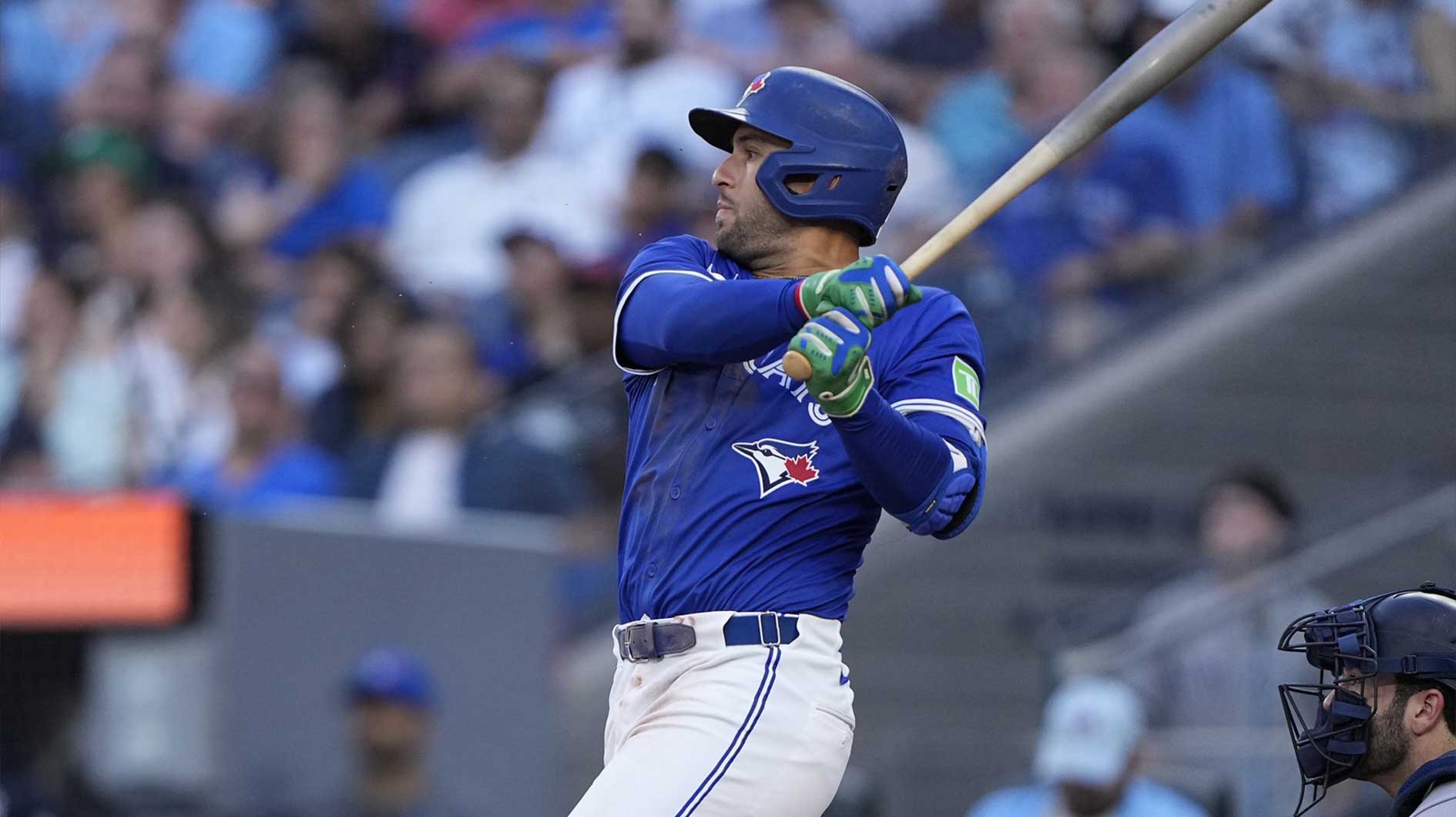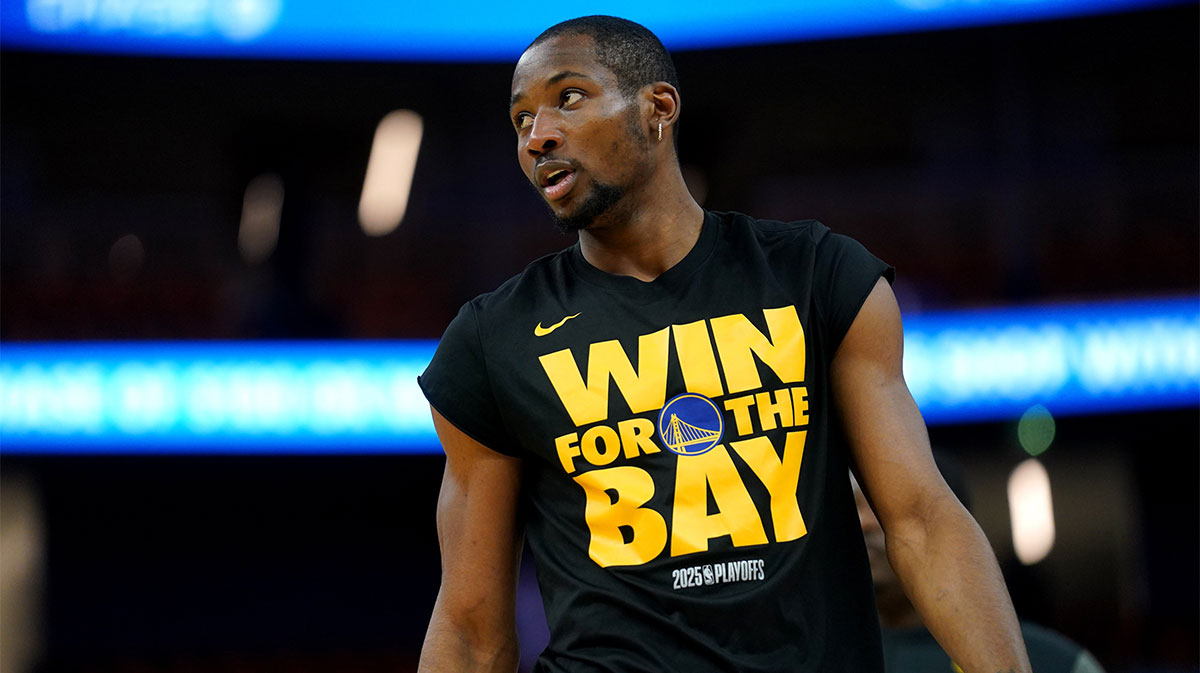Every team enters the NBA Draft hoping to land the next Joel Embiid, praying he doesn't turn into the next Darko Milicic, and wishing on the next Manu Ginobili.
The draft can be a crap shoot, making it difficult to distinguish between boom, bust, or sleeper. Which is why our team at BBALLBREAKDOWN identified key candidates for each.
1. Which prospect has the biggest superstar potential in the draft?

Matthew Way: DeAndre Ayton. I have him ranked behind Jaren Jackson, Jr. and Luka Doncic, but Ayton brings the most potential of anyone in the draft. The Arizona product is a versatile offensive player in the mold of Karl-Anthony Towns with similar concerns defensively.
Like Towns, Ayton has a tremendous athletic profile and has shown flashes of being able to score from all areas of the court. He can face up, back you down, and step out and knock down a jumper to keep you honest. He's a monster around the rim because of his length and he'll be extremely difficult to keep off the offensive boards, even at the NBA level.
Defensively, there are plenty of red flags. He had a low block rate during his brief stint in Tuscon and his defensive instincts leave a lot to be desired. Many will point to his struggles in the first round of the NCAA Tournament, drawing comparisons to Jahlil Okafor's struggles at Duke. The difference is Ayton is much more physically gifted. If he ends up in a spot where a coach can improve his defensive awareness, he could be a dominant NBA center for years to come.
Brandon Jefferson: If any player in this draft class has true superstar potential, it's Arizona big man, DeAndre Ayton. Ayton’s combination of size, skill, and athleticism is very rare and, in a time when the league is transitioning smaller, Ayton could become dominant if he is able to shore things up defensively.
Ayton has shown the ability to play inside-out on offense and as long as his overall game continues to expand during his time in the NB, the sky is the limit for him.
As Ayton asserted himself nightly in the PAC 12, comparisons to Joel Embiid were tossed out left and right. However, Embiid has shown to be a Defensive Player of the Year candidate early in his career. It’s a stretch to see Ayton replicating Embiid’s rapid ascension in the league.
The player I would choose as Ayton’s comparison would be Karl-Anthony Towns. Both players have every offensive tool you could ask of a center (Towns was a superior outside shooter at the same stage as Ayton) but often leaving you wanting more whether it’s from a lack of aggressiveness or poor defensive play.
Adam Spinella: There's no bigger swing for the fences prospect than Mo Bamba in this draft thanks to his insane physical profile. With a 7'10” wingspan, thin frame and a three-point jumper that looks silky in his workouts, Bamba possesses raw abilities that could make him an elite defensive player in the mold of Rudy Gobert. Watch Bamba's highlights against Kansas this year and you'll see the insane upside — running the floor, altering shots, snaring rebounds. From what we've seen with Utah's defense these last few years, a franchise cornerstone who patrols the paint is incredibly valuable.
Of course, Bamba's offensive potential is much higher than Gobert's thanks to how much work he's put in to improve that jumper. He shot 27 percent from three at Texas, which isn't a great percentage or incredibly memorable metric. But Bamba, who has been working with world-renowned basketball trainer Drew Hanlan, has changed his shooting form and looks much more fluid from deep. If he can fill out his body, consistently hit those three-pointers and find the right home, he holds the highest degree of superstar potential in the draft.
2. Who is the biggest risk in the upcoming draft?

Matthew Way: Mo Bamba's 7'10” wingspan set an NBA combine record and his length is understandably appealing to scouts.
Rudy Gobert comparisons aren't quire fair, though. The Texas center possesses neither the athleticism the awareness of Gobert. Certainly, he could develop in the right system. But he could also turn into Hasheem Thabeet. In today's league, sheer size is not enough to be an effective defender. Mamba could find himself lost attempting to switch and defend in space against smaller centers and his length alone isn't enough to combat the disadvantages he faces.
He's also not particularly strong for his size. Against stronger centers in college, he wore down too easily similar to the way that Thabeet did against DeJuan Blair.
Offensively, Bamba is a giant question mark. He has a decent shooting stroke but hit only 27 percent from behind the arc at Texas. If his outside shot doesn't develop, he doesn't have the skill or strength to be much of a threat in any other way. And standing along the perimeter mitigates the significance of his length on the offensive boards. He'll likely find himself being pushed too far outside of the paint against stronger NBA defenders without the skill to face up and generate offense in other ways.
Brandon Jefferson: : Michael Porter Jr from Missouri. After playing just two minutes in his collegiate debut, Porter Jr. was forced to miss nearly his entire freshman season due to a back injury—one he said first occurred when he was a sophomore in high school. After surgery and rehab, Porter Jr. elected to return to the floor for the SEC Tournament and NCAA Tournament for the Tigers.
However, each tournament stint would last only one game for the former consensus number one recruit. Porter Jr. was a shell of himself in his final two games. He struggled offensively and lacked the speed and explosiveness that made him a special talent as a versatile 6-foot-10 wing.
Despite a lack of game tape from his one-and-done stop at Mizzou, Porter Jr. is still expected to be selected in the top 10 of the upcoming NBA Draft.
The risk with Porter Jr. is two-fold. Back injuries are never good and, at only 19 years old, will this be a lingering issue for Porter Jr.? If he can’t remain healthy he’s not worth the slot he’s currently projected in mock drafts. Yet, on the other side of the coin, there’s a chance Porter Jr. could end up as the best player in this draft class—he said as much himself at the 2018 NBA Draft Combine—and if your team passes over him and he slips to the back-end of the lottery there’ll be general managers looking for new jobs soon.
Adam Spinella: To me, risk has to do with downside dependent on draft position. The higher the draft slot, the more downside that's present is a worry. The biggest risk is Michael Porter Jr. based off his injury concerns and worries about his toughness. Porter's medicals are the wild card, so without access to them it's hard to say exactly what type of long-term ramifications are possible. The bigger concern though is the lack of physical play Porter exhibits. At 6'10” that's a bit of a scare.
Offensively, there's little worry about the transcendent skill Porter possesses and his ability to score the ball. But on defense, if he's not the most fleet of foot and struggles with NBA physicality, his defensive worries could make him a risk in the top-five.
3. Who has the most sleeper potential outside of the projected lottery?

Matthew Way: Overshadowed by his older brother, Jontay Porter looks to be a second round pick in this year's draft. But his combination of age and skill warrants a much higher selection.
Porter is the youngest player in this year's draft and plays much like you would expect a less talented, younger brother to perform. He's not nearly as athletic as Michael but he makes up for it with cerebral play and contributing in numerous different ways when he's on the court.
He was solid from deep at Missouri, knocking down 36 percent of his long ball attempts, and proved to be one of the better passing big men in college basketball as a freshman. He won't be a top scoring option in the NBA but he's the exact kind of role player who does everything well every team without a lottery pick should be targeting.
Brandon Jefferson: Despite my best efforts, I have bought in to the Donte DiVincenzo hype. I thought it was smart for him to test the waters following his 31-point explosion in the NCAA Tournament championship game, but I didn’t think he’d get the intel he wanted and would return to Villanova.
However, in the lead up to the combine, DiVincenzo’s name has only gotten hotter and his performances in the five-on-five scrimmages have done nothing to quell that. At 6-foot-5, with secondary ball handling ability, shooting, and willing defense, DiVincenzo checks off a lot of boxes NBA teams are currently looking for in their perimeter players.
If he continues his strong showing in individual and team workouts, there’s a chance that he could shoot up into the 20’s on draft night. Given the right fit and opportunity there’s a chance Villanova's sixth man could have a totally larger role in the NBA.
Adam Spinella: I'm a huge fan of Josh Okogie from Georgia Tech. Okogie is an absolute athletic freak with an insane wingspan and the raw tools few other prospects possess. But Okogie is far more than just an athlete. He shot above 38 percent from deep in both seasons at Georgia Tech and averages more steals and blocks than turnovers (meaning he creates more possessions than he loses). Okogie also is adept at drawing contact and thrives with physicality, one of the hallmarks of efficient scoring analytics gurus love to see.
Okogie isn't likely to be the main scoring option within an offense or a high-volume creator out of the pick-and-roll in his NBA career. His trajectory could be comparable to a hyper-athletic Danny Green, sharing the ball and shooting it at a high clip while possessing the length and athleticism to guard multiple positions on D.


